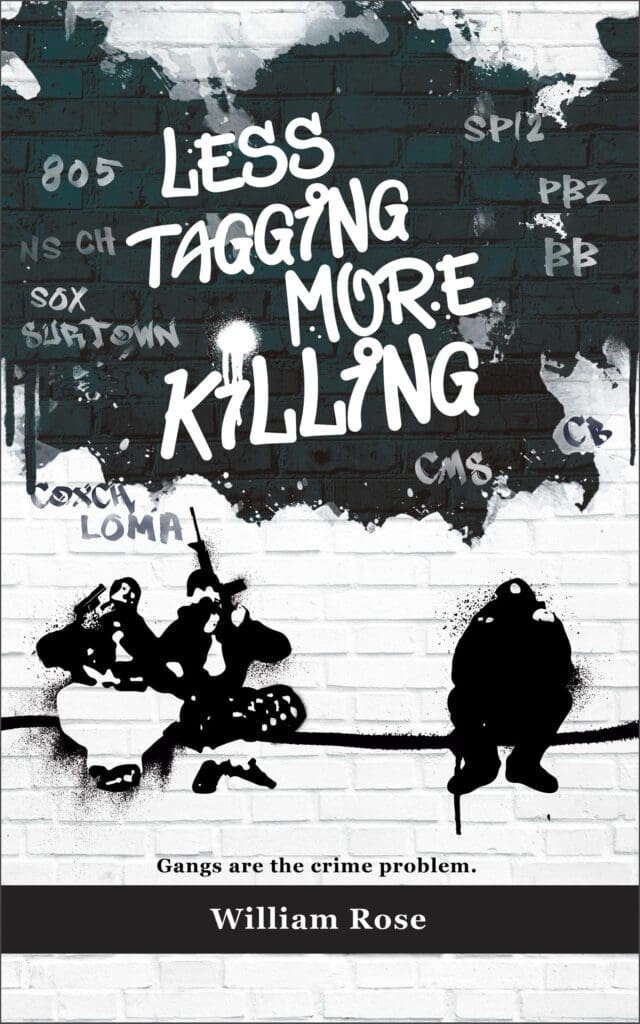The 12th Street Locos: Santa Paula’s East Side Gang
September 19, 2025
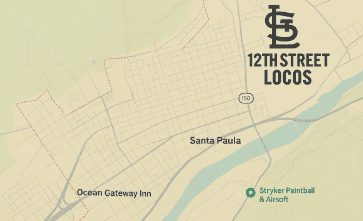
The city of Santa Paula, California, has long struggled with an entrenched gang presence. Among the five major gangs that shaped the city’s criminal landscape—the Crimies, 12th Street Locos, Crazy Boyz, Bad Boyz, and Party Boyz—the 12th Street Locos stand out as one of the most notorious. Second in size only to the Crimies, the gang’s influence, violence, and culture of intimidation have had a lasting impact on Santa Paula and surrounding Ventura County. To learn more about Santa Paula gangs read the blog Santa Paula Gangs: Mayberry Gone Wrong.
Origins of the 12th Street Locos
The 12th Street Locos claim the east side of 10th Street in Santa Paula as their territory. The gang’s namesake street, 12th Street, runs through and effectively bisects the city.
The 12th Street Locos emerged in the late 1980s. According to accounts from Ventura County gang members, the Crimies, who were older and more established, essentially “blessed” a younger group of Mexican American youths who wanted their own identity on the east side of Santa Paula. The result was the birth of a gang that grew quickly and adopted its own symbols, rules, and reputation.
Below is the east side of the city of Santa Paula and 12th Street Locos territory.
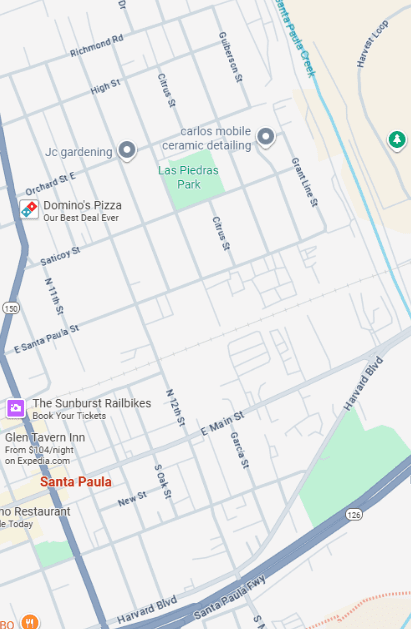
Like their Crimies counterparts, members of the 12th Street Locos often gathered at Las Piedras Park. They distinguished themselves by adopting the clothing of the Saint Louis Cardinals baseball team, cleverly using the “S” for street and the “L” for Locos. Over time, the gang developed a deep rivalry with the Crazy Boyz while maintaining an alliance with the Crimies. To see where the 12th Street Locos rank in Ventura County read the blog Top 10 Most Dangerous Gangs in Ventura County.
Membership and Demographics
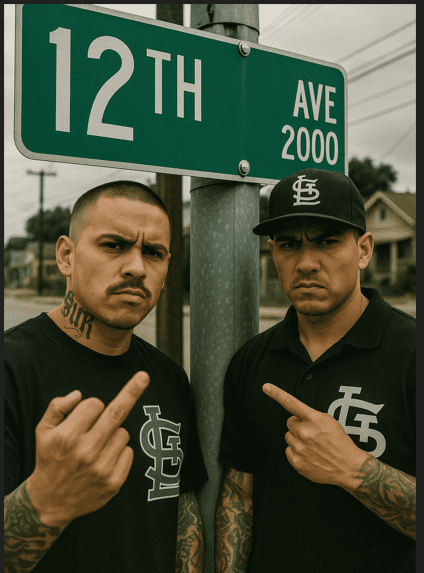
In 2014, the 12th Street Locos counted about 59 members. The overwhelming majority—98 percent—were Mexican American, with one white member. About 95 percent were male, and the average age was 29. Roughly 88 percent of the gang members were U.S. citizens, but the group also had the highest percentage of illegal aliens among Santa Paula gangs, with 12 percent of its members born in Mexico. To learn more read the blog Hispanic Gangs: Inside The Dirty Nickel.
Since 1991, 59 gang members racked up 1,110 arrests and 2,117 charges for 180 crimes. Some members went by names like Gato, Listo, and Littles—or Little Man. To learn more, read the blog Gang Names: Understanding the Criminal Identity System.
A female gang member had the moniker “Cheeks”, to learn more read the blog Gang Initiation for Females: Brutal Truths Revealed.
Their criminal histories show that 76 percent of the 12th Street Locos are convicted felons. On average, each member racked up 19 arrests, with two members racking up 46 arrests each. From 1991 to 2013, the 59 members amassed an astonishing 1,110 arrests and more than 2,100 criminal charges. To learn more read the blog Gang Related Crime Statistics: Trends and Analysis.
Crime Trends and Arrest Data
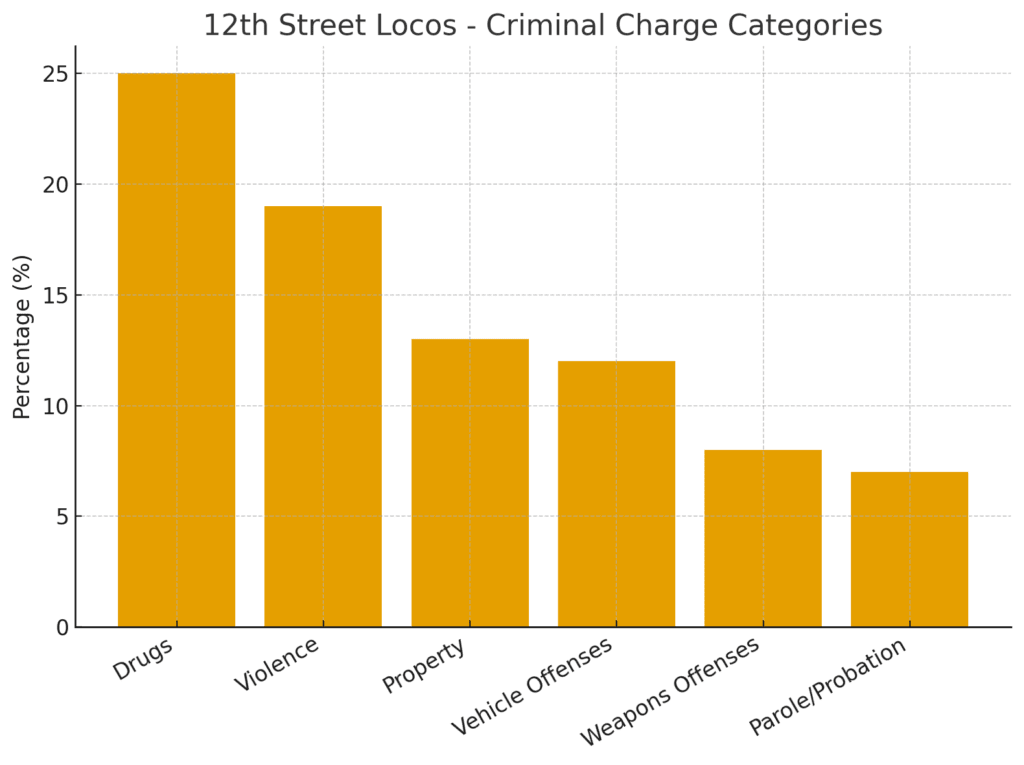
The 12th Street Locos committed a broad spectrum of crimes, ranging from drugs to violence and property offenses. Data show that drugs accounted for 25 percent of charges, violence for 19 percent, and property crimes for 13 percent. Vehicle violations (12 percent) and weapons charges (8 percent) were also significant, while parole and probation violations rounded out the list. To learn more about gangs and drugs read the blog Gangs Drugs: A Glimpse Into the Underground Economy of Crime.
Eight members faced federal charges (immigration violations), including one for bank robbery. The gang had members arrested in other states—Kansas, Iowa, New Mexico, Oregon, Washington, and Utah—demonstrating their mobility and connections beyond Ventura County.
Robbery Patterns and Victims
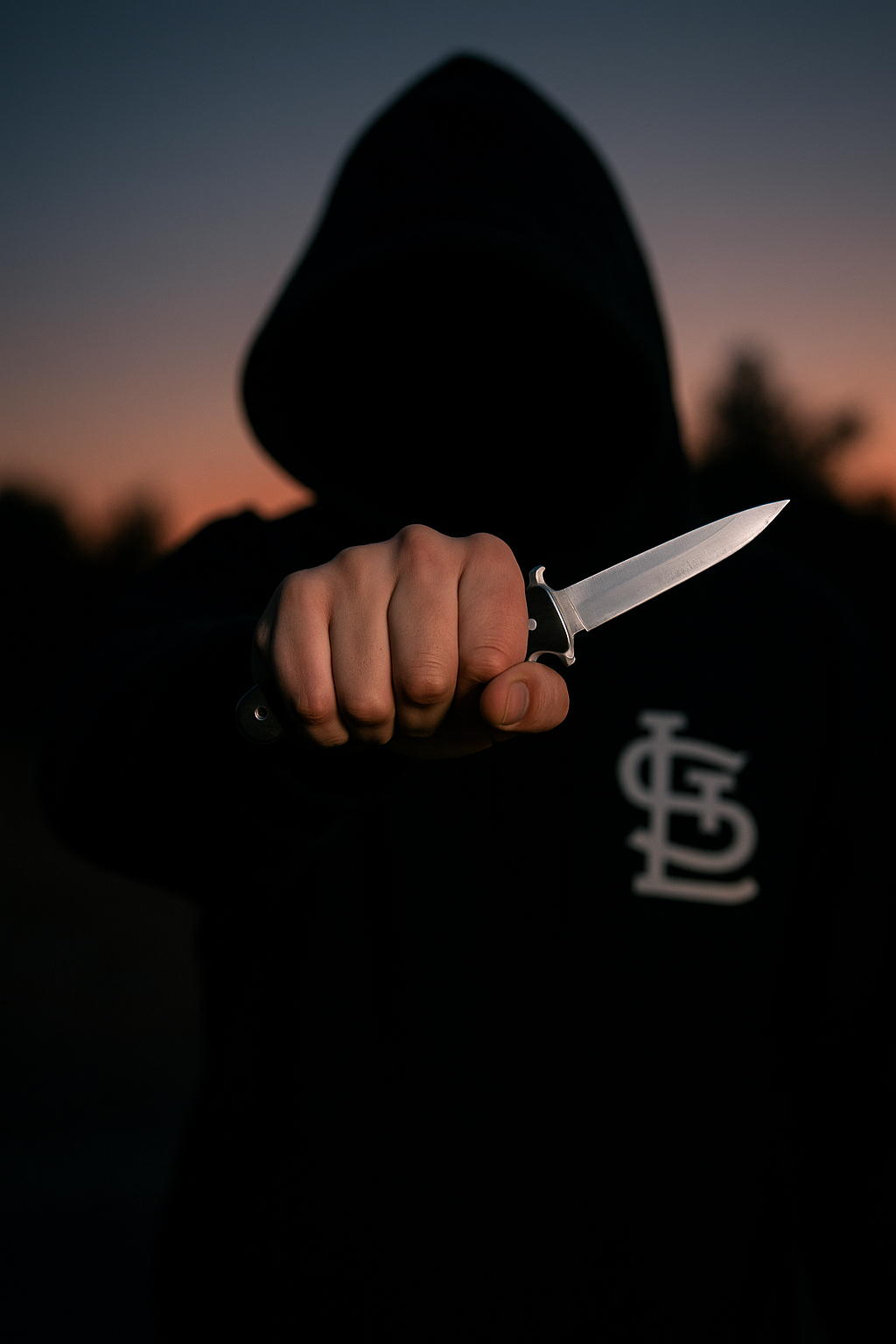
To better understand the gang’s methods, an analysis of 30 robberies committed by the 12th Street Locos between 1995 and 2013 provides insight. Most victims (90 percent) were male, while only 10 percent were female. About 60 percent of victims were adults, and 40 percent were juveniles.
The robberies varied in scope and violence. Two-thirds of the incidents involved two or more gang members, often using intimidation tactics and weapons. Weapons were present in nearly half of the robberies—guns in 30 percent of cases and knives in 20 percent. Most disturbingly, in one robbery, gang members wielded both a gun and a knife. They stole cell phones in 46 percent of cases and money in 43 percent. Ten percent of the time, they failed and took nothing.
A troubling feature was the frequency of robberies outside the gang’s home turf. About 63 percent of robberies occurred beyond the 12th Street Locos territory, showing the gang’s willingness to branch out into other neighborhoods to exert dominance and acquire resources.
Typical Robbery Examples
Several case studies illustrate the violent tactics of the 12th Street Locos:
- In one robbery inside their territory, two masked gang members armed with a shotgun and pistol approached three victims. After demanding their belongings, they assaulted one victim, forced them to their knees, and robbed them of cell phones and $660.
- In another case, gang members ambushed a store employee opening for the day. Gang members used a semi-automatic pistol to steal cash, car keys, and credit cards, then later bought gift cards at a nearby fast-food restaurant.
- Two gang members stopped a victim on a Santa Paula street. After confirming he had a cell phone, one gang member pulled a semi-automatic pistol and threatened to “blast” him unless he emptied his pockets. The victim lost his phone and $48 in cash.
These examples highlight the intimidation and violence at the core of the gang’s operations.
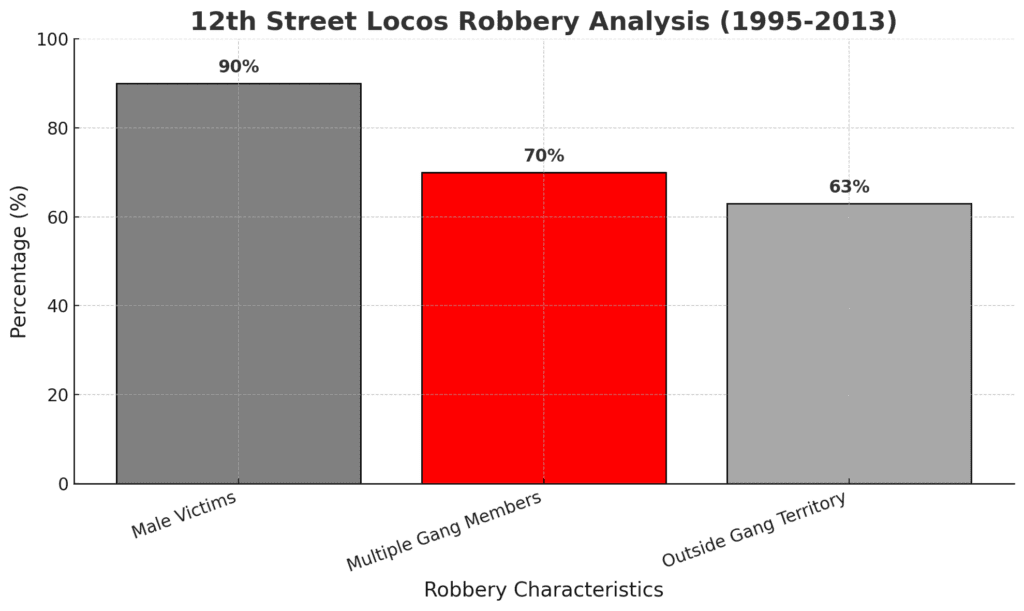
First Arrest Patterns
When reviewing the criminal histories of 46 12th Street Locos members, an interesting trend emerged. Vandalism accounted for the first arrest of 17 percent of members, followed by obstruction of an officer and burglary (11 percent each). Other first offenses included drug use, DUI, weapon possession, theft, and even domestic violence. Ultimately, this diversity suggests that while graffiti and vandalism were gateways into crime, many members quickly escalated to more serious offenses.
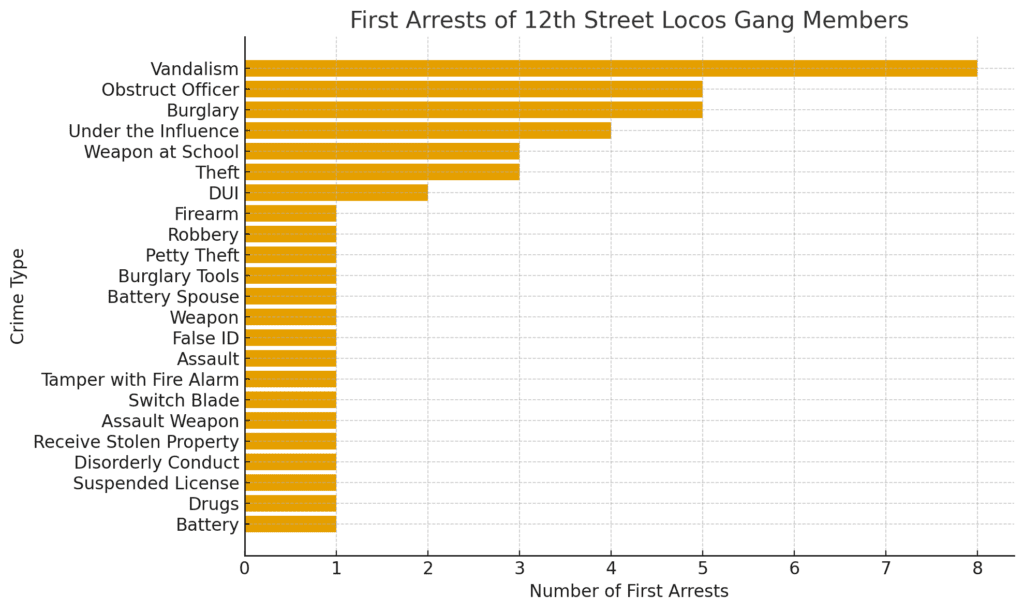
Culture, Rules, and Firearms
Like many street gangs, the 12th Street Locos had a set of unwritten rules, often enforced through violence. The gang prohibited cooperation with law enforcement and punished violators with brutal beatings or threats against their families. To learn more read Inside Gang Culture: Rules and Rituals.
Firearms played a central role in the gang’s identity. Guns were shared among members, a practice known as “hood guns.” These weapons were used for protection, intimidation, and drive-by shootings against rivals. Possession of a firearm elevated a member’s status and reinforced the gang’s culture of fear. To learn more read the blog Guns and Gangs: A Deadly Combination.
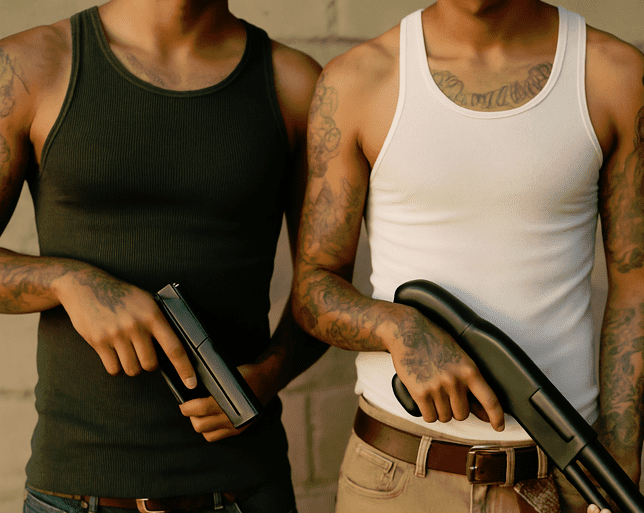
Status and OGs
Status within the 12th Street Locos was earned through “putting in work”—committing crimes ranging from tagging to murder. A 12th Street Locos gang member yelled “12th Street” after taking a woman’s purse outside a grocery store in Ventura.
Older members who had proven themselves or served significant custodial time became Original Gangsters (OGs) or “Big Homies.” These OGs acted as mentors and enforcers, while younger members were expected to take on riskier tasks to prove themselves. To learn more read Roles in Gangs: How Power and Profit Shape Street Culture.
Symbols and Identity
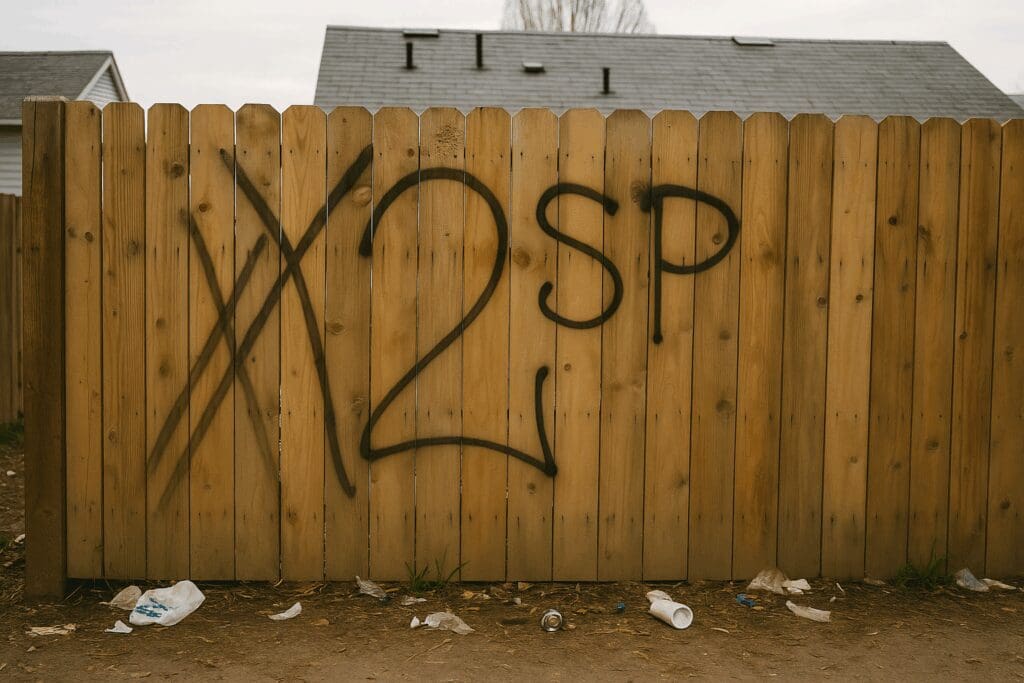
The 12th Street Locos identified through hand signs and graffiti. Common signs included “E” for east, “S” for side, and “L” for Locos. In addition, members also used an “X” and Roman numerals “II” to represent 12. Their graffiti, including “SP 12” and “East Side Locos,” was sprayed across Santa Paula, serving as both a territorial marker and a warning to rivals.
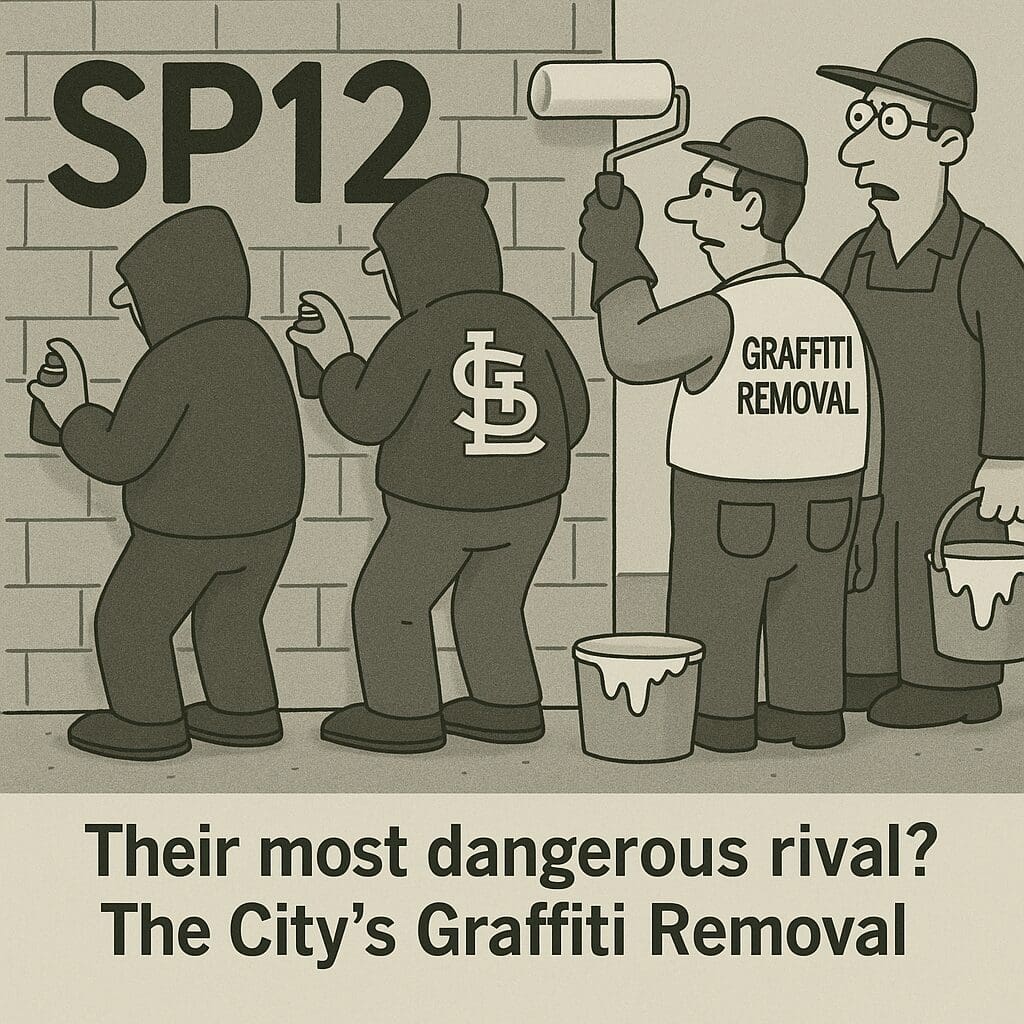
Rivalries and Violence
As tensions grew, the 12th Street Locos were locked in violent feuds with several Santa Paula gangs, particularly the Crazy Boyz. These conflicts often resulted in shootings. In one tragic incident, a Crazy Boyz gunman opened fire on a 12th Street Locos member, but the stray bullets killed an innocent woman in her home. Such senseless killings underscore the reckless nature of gang violence.
Conclusion
The 12th Street Locos are a vivid example of how local gangs can destabilize communities. From robberies and drugs to drive-by shootings and graffiti, their actions terrorized neighborhoods and claimed innocent lives. While their numbers were smaller compared to some other Ventura County gangs, their impact was deeply felt in Santa Paula and throughout the United States.
Understanding the history, crimes, and culture of the 12th Street Locos is essential for anyone studying gangs in Southern California. Their story reflects broader themes in gang life: the search for belonging, the lure of status, and the destructive cycle of crime and violence.
To learn more about the 12th Street Locos, get the book Less Tagging More Killing.
